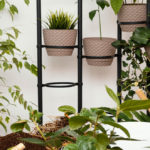Coleus: Tropical Beauty Decorates Your Indoors-You Can Grow That!
Coleus and I go way back—to the beginning of my fascination with indoor gardening. I was seven, and it was the 1970s when houseplants and macramé hangers could be bought just about anywhere, including the drugstore where I discovered my first coleus.
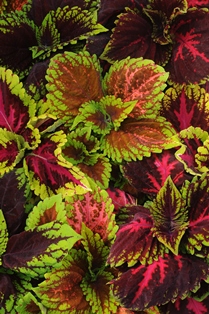
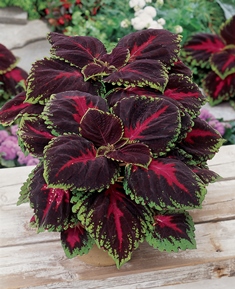
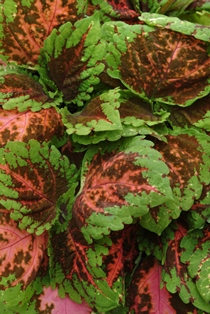
Fascinated with the velvety, burgundy foliage edged by forest green, I bought the plant with change from my piggybank and cradled it all of the way home. It took center stage on my window ledge, while I held my breath and watched to see if it would survive. In the meantime, I researched the needs of coleus and houseplants in general at the local library, soon discovering how to propagate the plant from cuttings and seed. Twelve coleuses later, I branched out and began growing other houseplants.
The rest, as they say, is history.
If you haven’t tried growing coleus (Solenostemon scutellarioides) in your indoor garden, you’re in for a real treat. Since I grew my first coleus years ago, hybridizers like Ball Horticultural Company have created a plethora of stunning selections in a wide variety of color combinations that are sure to light up your interior. These beauties that are native to Southeast Asia and Malaysia thrive indoors under the right conditions.
Lighting for coleus
Sufficient lighting is critical to keeping coleus leaf colors vibrant and to prevent the plant from getting spindly and etiolating (reaching for light.) Place coleus in a location of the home that receives bright light, such as in an unobstructed eastern or southern window. Or put the plant under or near full-spectrum lighting.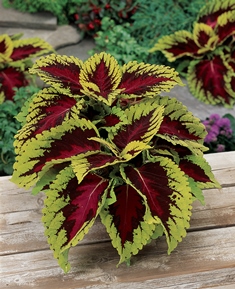
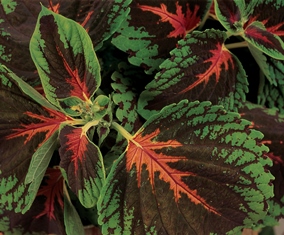
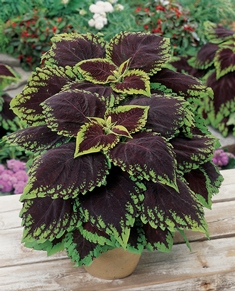
Provide warm conditions for coleus
If you’ve ever grown coleus in your outdoor garden in the summer months, you’ve probably noticed that once cold weather hits the plant soon defoliates and dies. They are tropical plants that require temperatures of 65 degrees Fahrenheit or above. During the winter months, avoid letting coleus leaves touch windows, as this can result in damaged foliage.Coleus watering tips
Keep coleus soil moist but not soggy. Spring through fall, water when the top ½ inch of soil has dried out. Drought coleus, and their leaves will drop off. Always water coleus with warm water, as cold can damage roots. Cut back on watering in the winter months when growth slows. Water at that time when the top 1 ½ inches of soil dries out.





